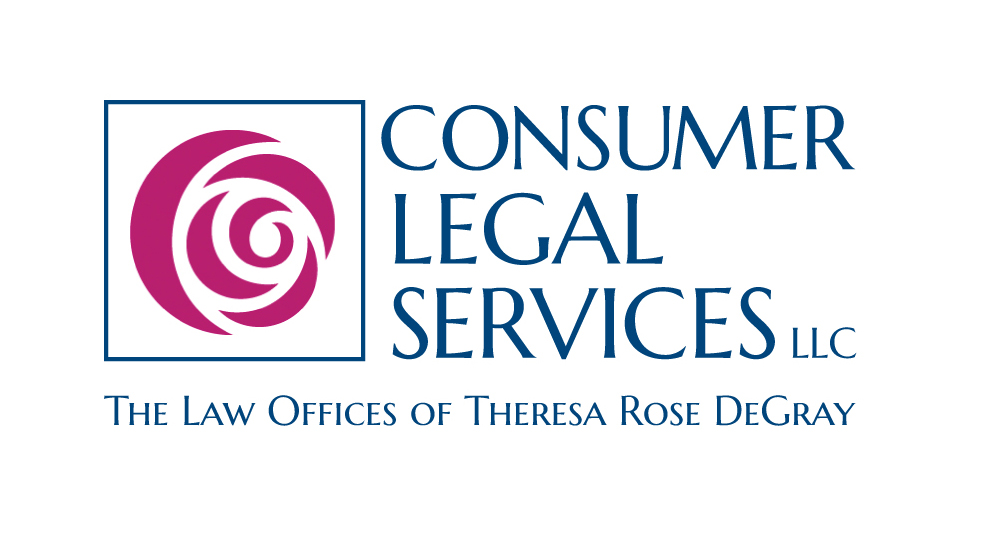If you are over the age of 62 and planning on staying in your own home, a Reverse Mortgage may be for you, and you will want to read this eNewsletter very carefully because recently the Reverse Mortgage Laws have changed. Due to those changes, I sat down with an experienced Reverse Mortgage Consultant to get the latest and most important information for my clients.

Here are the highlights from our conversation:
Q: What is a Reverse Mortgage?
A: A Reverse Mortgage is a home loan that provides cash payments based on home equity; homeowners normally defer the payment of the loan until they pass away, sell or move out of the home.
Q: What are the big changes?
A: The government-insured reverse mortgage program is changing, with the introduction of a few new rules and more protection for borrowers. The changes are designed to create and even safer product or borrowers than has ever been available before. There are still plenty of product options that will allow you to access the equity in your home, while you continue to live there, with no monthly mortgage payments.

Q: What are the Payment options available?
A: With a reverse mortgage, you can still choose between a fixed-rate loan or an adjustable-rate loan. And you can receive the funds in a number of ways: as a lump sum, monthly advances, line of credit, or a combination of these options. There are new limits to the amount of money that can be taken out at the time of the loan closing and within the first 12 months of the loan, which will depend on each individual’s situation. Please contact a Reverse Mortgage Consultant to learn more as to how the restrictions may apply.
Q: How can the funds be used?
A: Reverse Mortgage funds can still be used however you see fit. In order to qualify, you must own your home outright, or have enough home equity that you can pay off your remaining mortgage balance with the loan proceeds. The Reverse Mortgage still allows you to eliminate monthly mortgage payments while remaining in your home. For example, some borrowers choose the line of credit option, keeping it available for any unexpected costs they might have in the future, such as medical expenses or in-home care. The credit line can also be used as a “standby” cash reserve that can be borrowed from when investments are underperforming. Others opt for a lump sum to pay their existing mortgage or other debts, to improve cash flow. Monthly advances can be used to supplement existing income, providing a steady stream of funds for a specified period or as long as you live in your home.
Q: What are the qualifications?
A: Currently, there are minimal credit or income requirements to qualify for a reverse mortgage. However, there will be additional changes to the program, including a financial assessment of all applicants’ credit history, existing debt and income sources. These changes will impact some borrowers’ ability to qualify, so we encourage you to speak with us soon- before the changes go into effect. Your Reverse Mortgage Consultant can help determine whether you will qualify for a reverse mortgage, how much you can borrow, the costs involved and how the forthcoming financial assessment may affect your ability to qualify or how much you may receive.
If this information does not pertain to you, I am sure you know someone that it will help, like your parents or your friends. Please pass it along.
